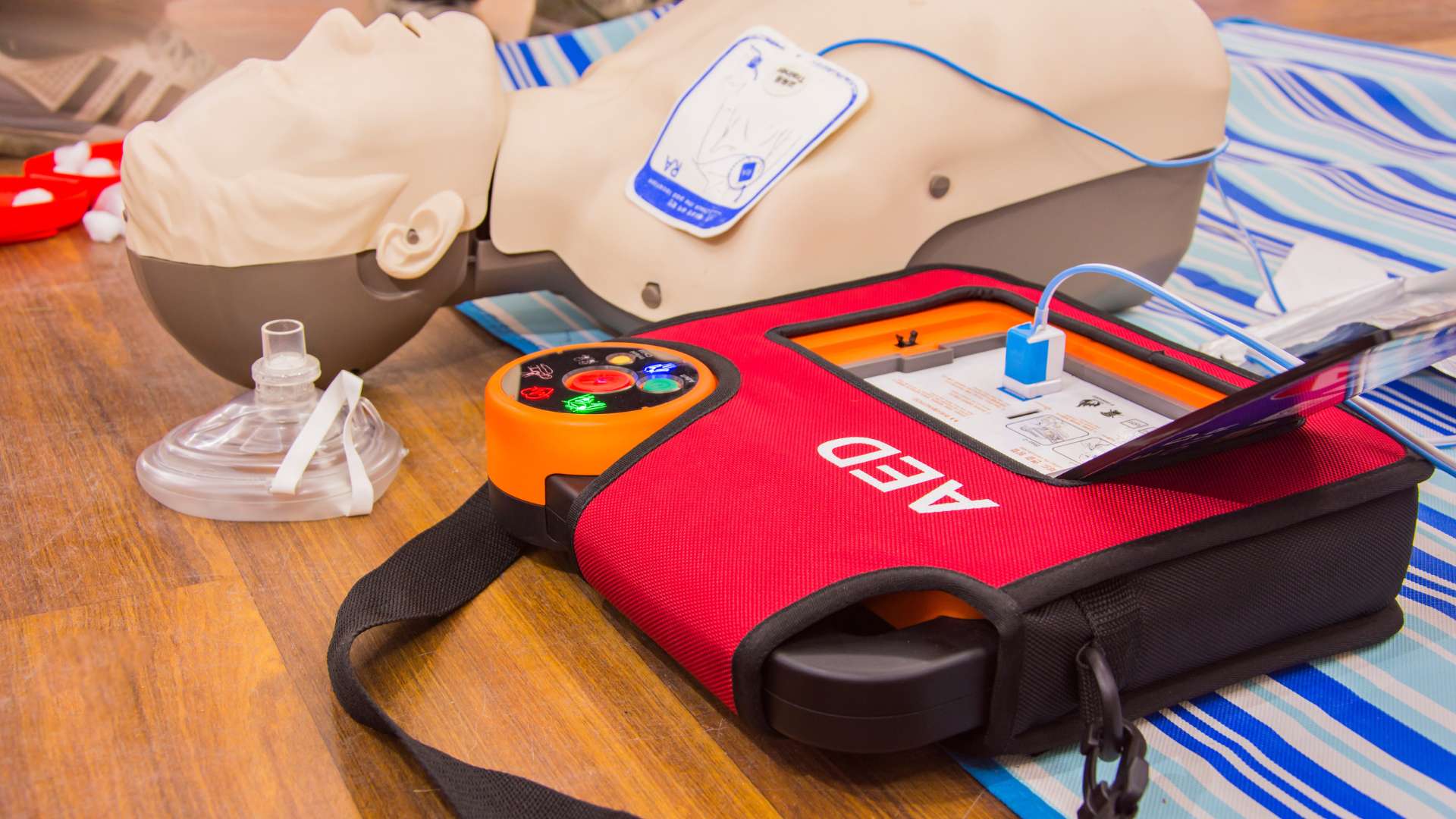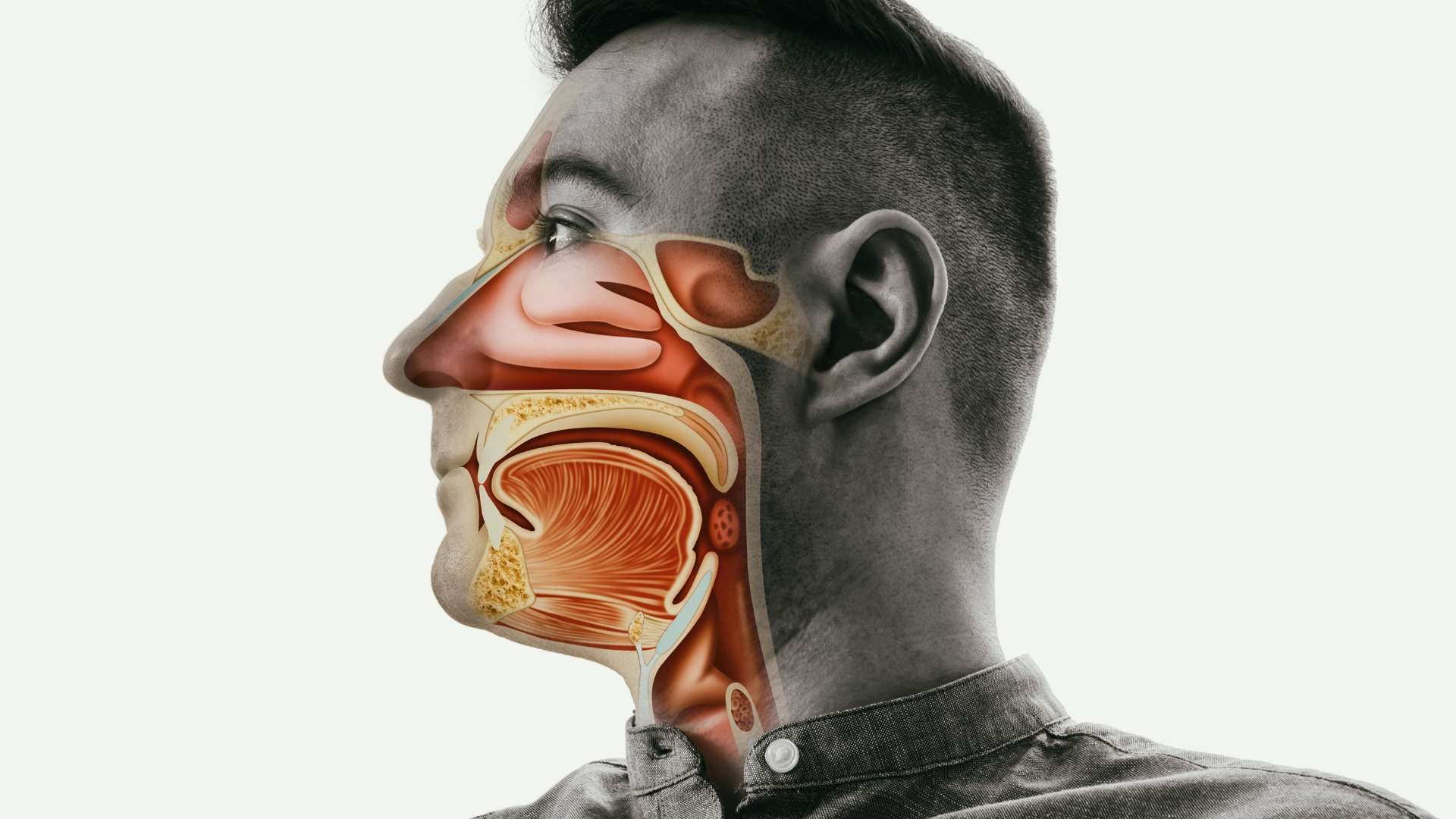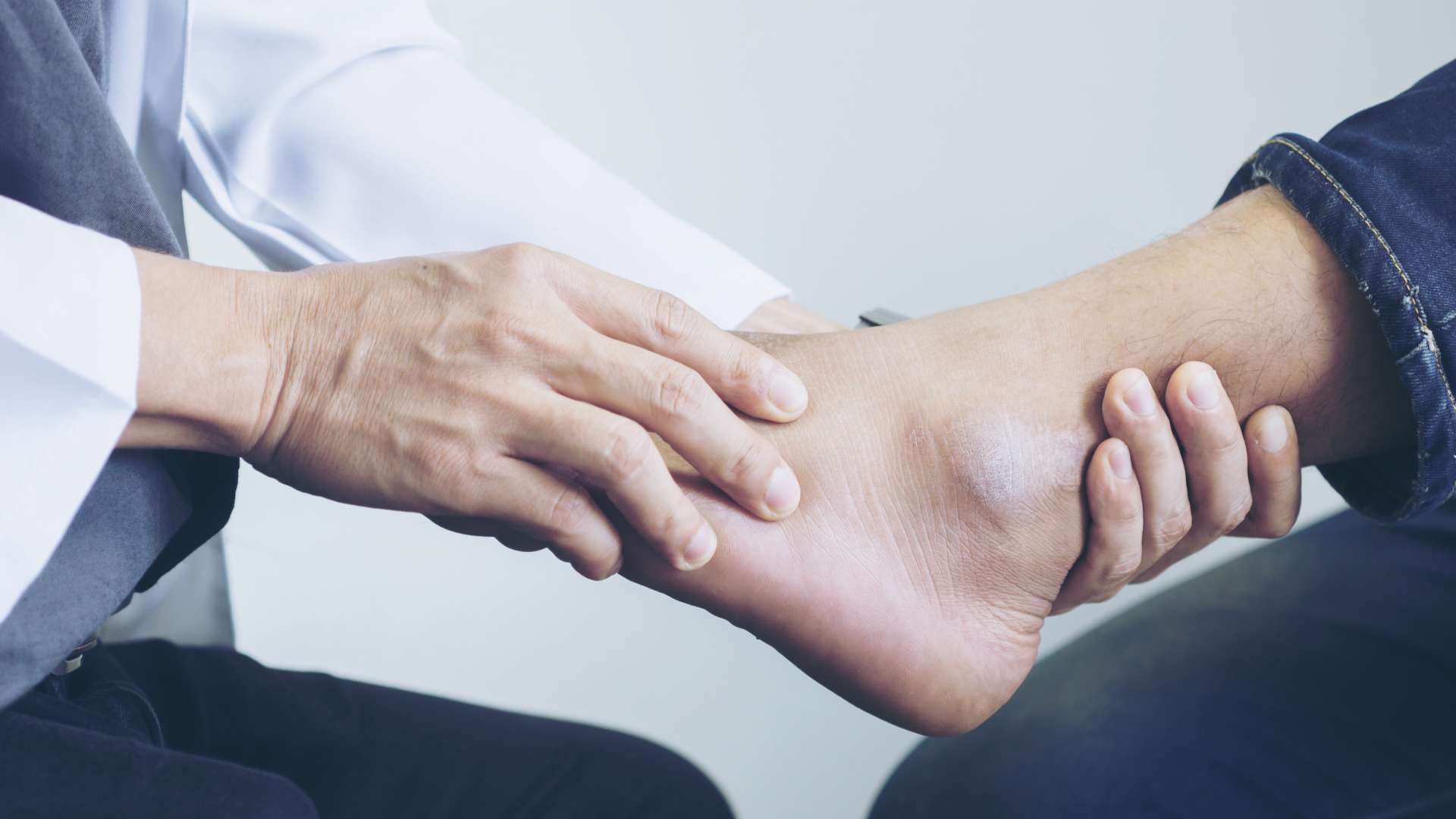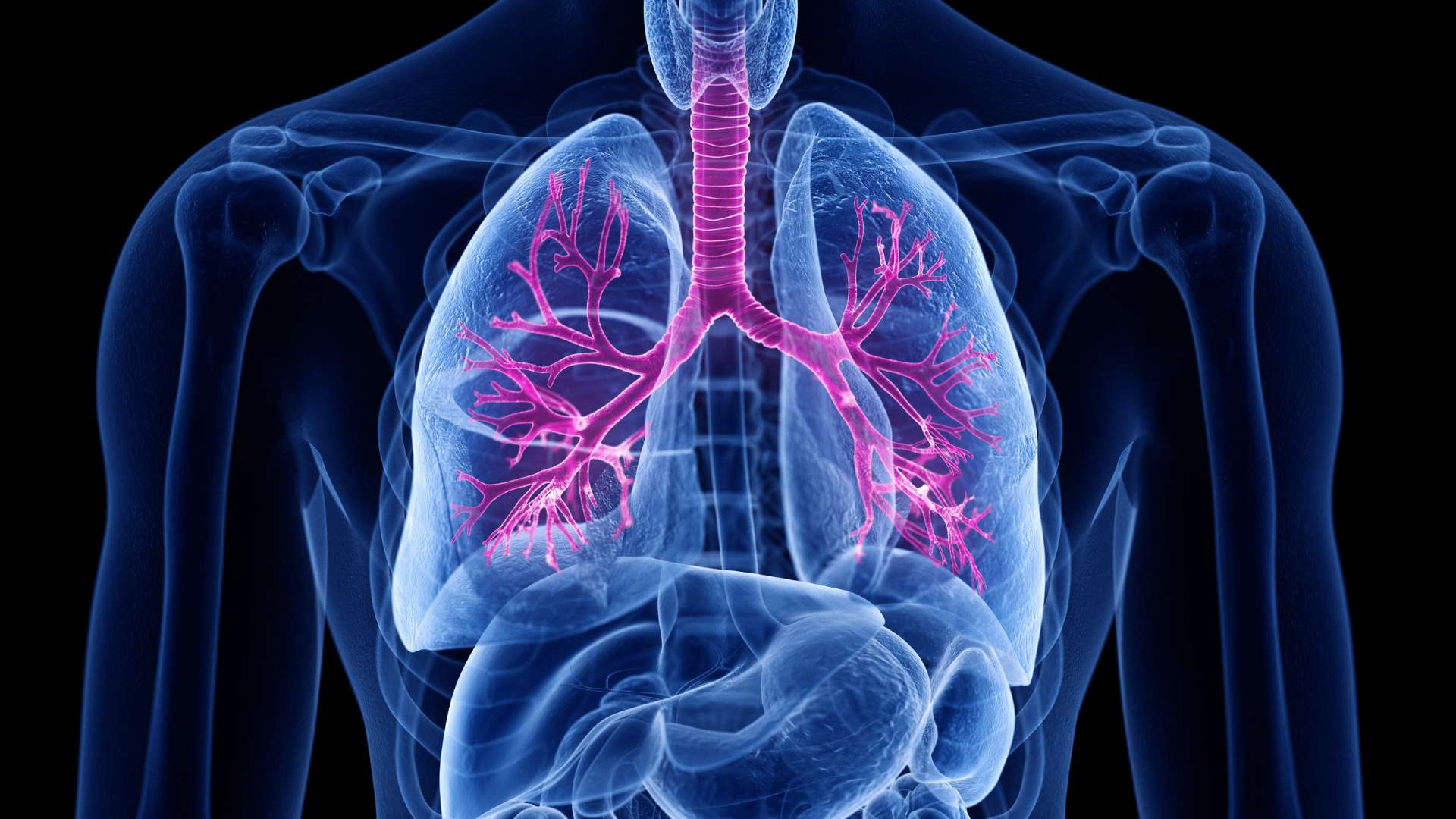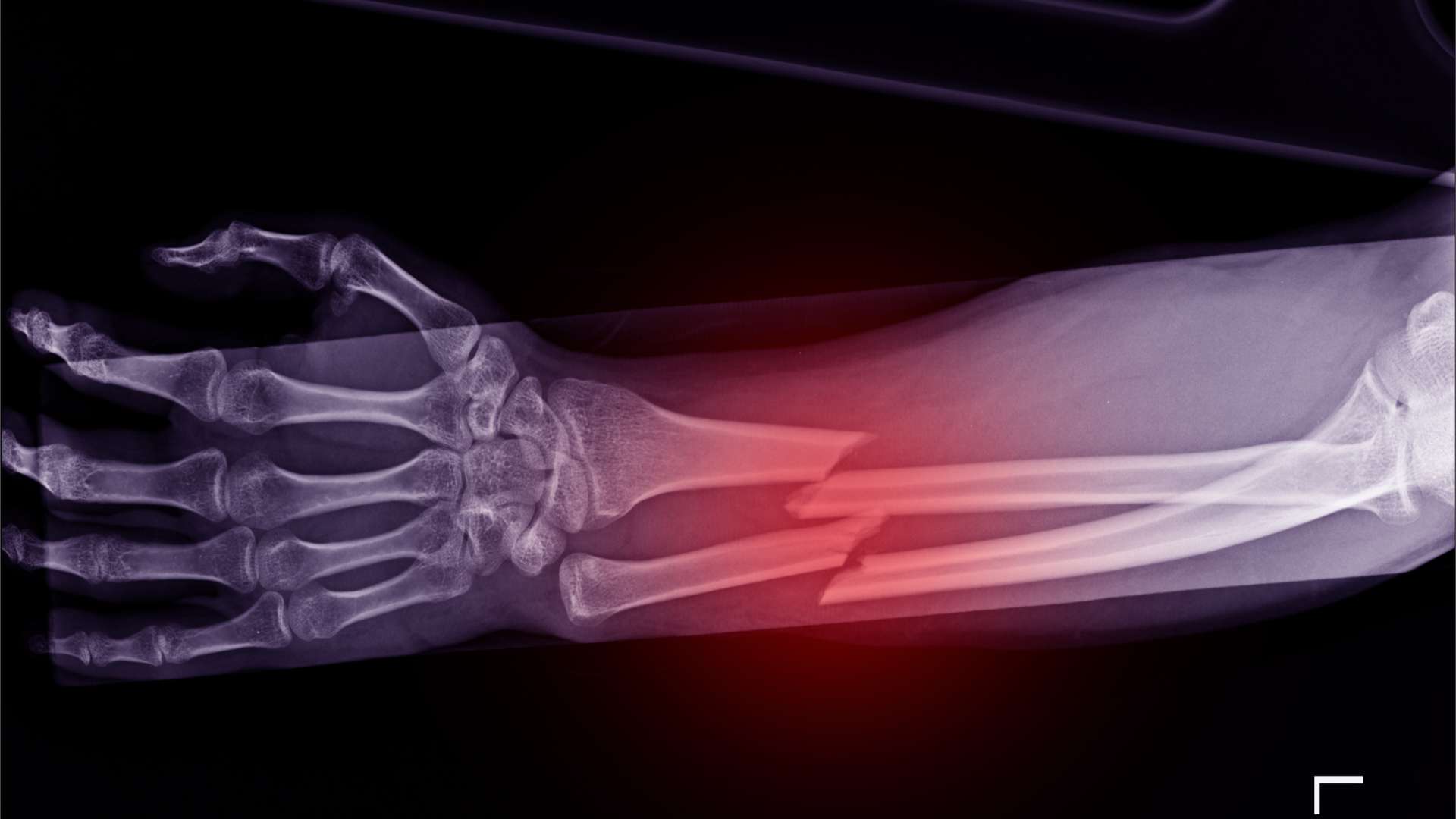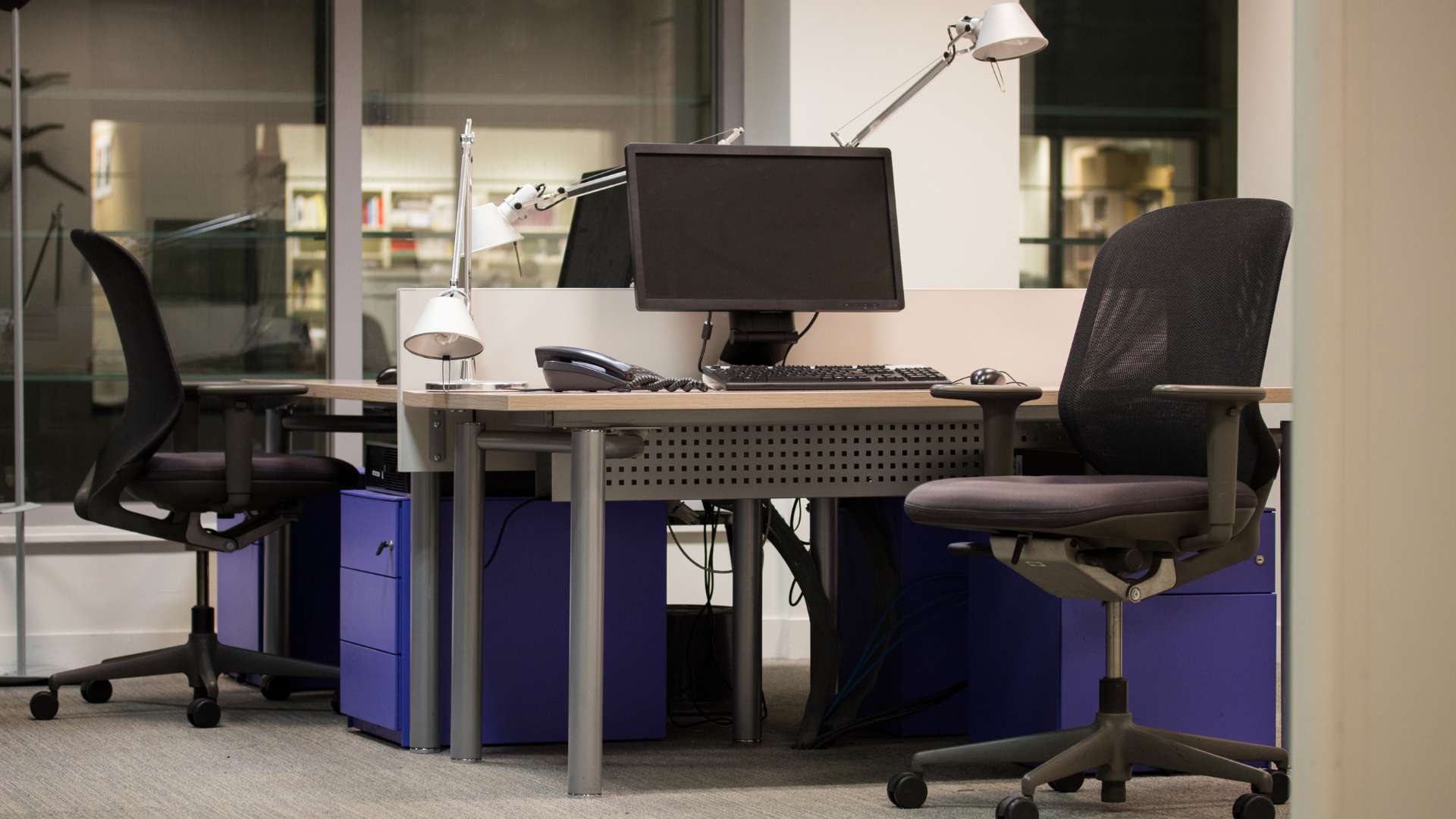Learn the difference between sprains and strains, explore their underlying causes, symptoms, and how various occupations can contribute to these common musculoskeletal injuries.
Sprains and Strains
A sprain is a stretching or tearing of ligaments, the tough bands of connective tissue that connect bones to one another. On the other hand, a strain refers to a stretching or tearing of muscles or tendons, the fibrous tissues that connect muscles to bones.
Causes of Sprains
Sprains are usually caused by sudden movements that force a joint out of its normal position, such as twisting or falling. Activities with a high risk of sprains include sports, physical labor, and accidents.
Causes of Strains
Strains can result from overuse or excessive stretching of muscles or tendons. Lifting heavy objects, repetitive motions, or sudden movements are common causes of strains.
Symptoms of Sprains and Strains
Common symptoms of sprains include:
- Swelling and bruising around the affected joint
- Pain and tenderness at the injury site
- Limited range of motion in the affected joint
For strains, symptoms may include:
- Muscle spasms and cramping
- Pain and tenderness in the affected muscle
- Limited mobility and difficulty moving the muscle
Other Ailments Sprains and Strains can Produce
Untreated or severe sprains and strains can lead to other complications, such as:
- Chronic Pain: Lingering pain and discomfort can result from improper healing or repeated injuries.
- Muscle Weakness: Prolonged recovery may lead to muscle weakness and decreased functionality.
How Various Occupations Cause Sprains and Strains
Workers in specific occupational fields may be at higher risk of developing sprains and strains due to:
Construction Workers: Lifting heavy objects and performing physically demanding tasks can lead to strains and sprains.
Healthcare Workers: Repetitive movements and improper body mechanics can increase the risk of musculoskeletal injuries.
Athletes and Sports Professionals: High-intensity activities and sudden movements can lead to sprains and strains.
Alleviating Discomfort of Sprains and Strains
If someone experiences a sprain or strain, they can take the following steps until they can see a medical professional:
Rest: Avoid putting weight or strain on the injured area to promote healing.
Ice: Applying ice packs to the affected area can help reduce swelling and alleviate pain.
Compression: Wrapping the injury with a compression bandage can provide support and reduce swelling.
Elevation: Elevating the injured limb can help minimize swelling.
Preventing Sprains and Strains through Training and Education
Proper training and education play a significant role in preventing sprains and strains in the workplace. Occupational Health Services can provide employees with information on proper lifting techniques, ergonomic practices, and injury prevention.
Frequently Asked Questions about Sprains and Strains
1. Are sprains and strains the same thing?
Sprains involve ligament injuries, while strains involve muscle or tendon injuries.
2. How long does it take to recover from a sprain or strain?
The recovery time varies depending on the severity of the injury, ranging from a few days to several weeks.
3. Can I prevent sprains and strains by warming up before physical activity?
Warming up before physical activity can help prepare the muscles and reduce the risk of sprains and strains.
Occupational Health Services is dedicated to fostering a healthy and productive workforce. Contact us today to request an appointment and learn more about preventing and managing sprains and strains. Our expert healthcare services will support your employees’ well-being, ensuring a safer and more thriving work environment for your business.




